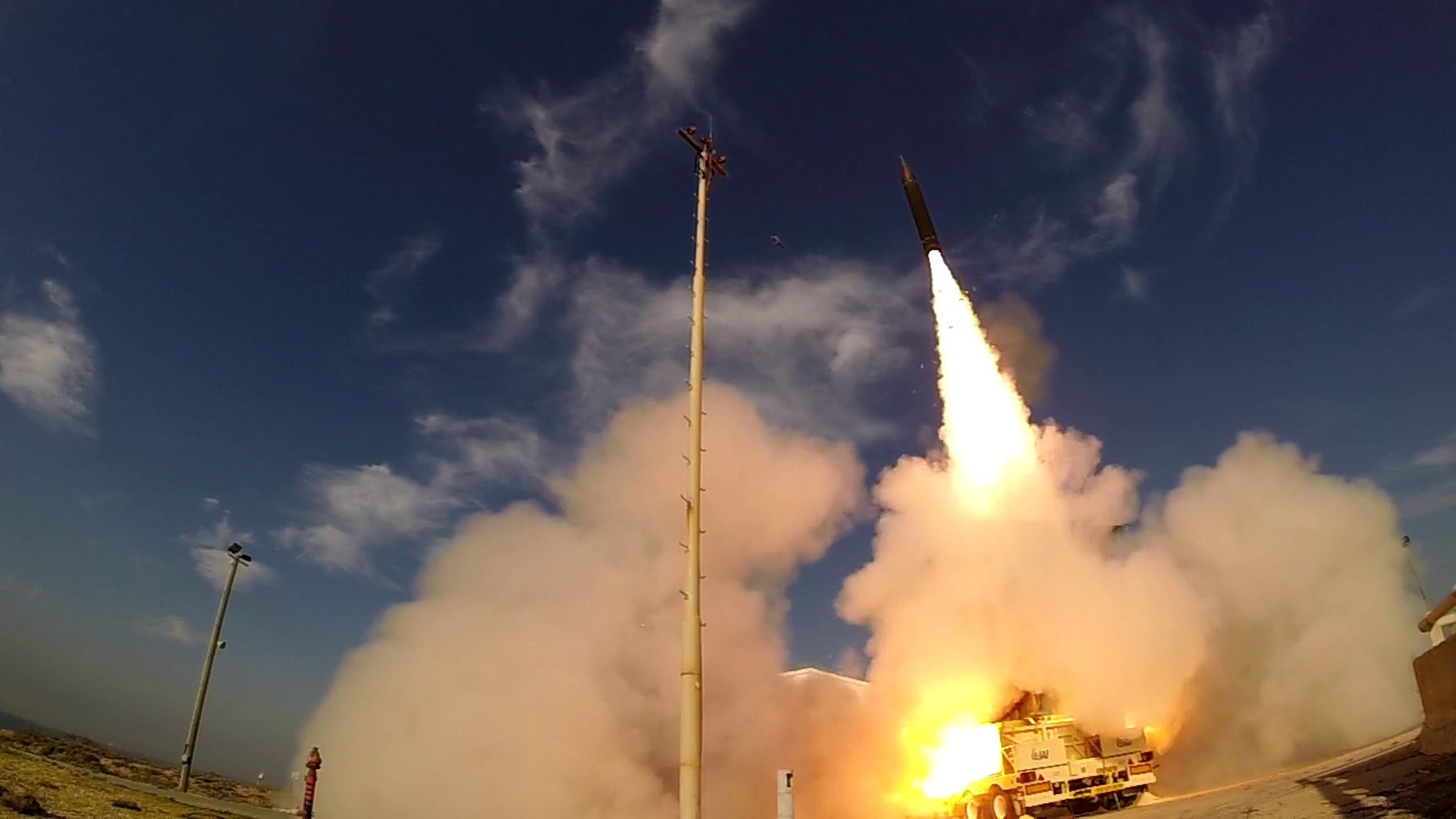Navy’s preliminary budget undercuts shipbuilding, senator says
The future looks murky for Navy shipbuilding due to budgetary uncertainty amid lagging ship production, Sen. Roger Wicker said at a recent hearing.

The future looks murky for Navy shipbuilding due to budgetary uncertainty amid lagging ship production, Sen. Roger Wicker, R-Miss., chair of the Senate Armed Services Committee, said at a June 10 hearing.
While the Navy is prioritizing the revitalization of the U.S. shipbuilding industry, its proposed budget for fiscal 2026 would trim shipbuilding costs in the apparent expectation of additional funding from congressional reconciliation funds.
“I must say I am deeply disappointed with the administration’s fiscal year 2026 budget request for the Navy. In particular, I am disturbed about the shipbuilding account, which plummeted to $20.8 billion from last year’s $37 billion,” Wicker said.
“This shortfall reflects efforts to game the budget in anticipation of congressional reconciliation funds, which were intended as supplemental — not a substitute,” he pointed out.
The cuts in the proposed budget come amid the Trump administration’s vow to revitalize U.S. shipbuilding and the Navy’s goal of growing its battle fleet over the next 30 years.
In addition to a sharp decrease in requested funding, the fiscal 2026 budget has also left off allocated funding for the purchase of the usual two Virginia-class submarines and two Arleigh-Burke class destroyers requested by the Navy each year. Funding for guided-missile frigates was also absent, while funding for the Columbia-class nuclear submarine program was cut by $4 billion.
“This budget ignores this congressional intent. Failing to include two destroyers in this year’s budget request destabilizes industry, shows bad faith, and slows our shipbuilding efforts,” Wicker said. “Equally troubling is the omission of any Virginia-class submarine procurement.”
Meanwhile, the AUKUS agreement between the U.S., U.K. and Australia, which would see the U.S. deliver three Virginia-class fast-attack submarines to Australia in the 2030s, is currently under review by the Pentagon, potentially complicating matters further.
It should be noted that the Navy’s budget has not been delivered to Congress in full detail.
Concurrently, the House Appropriations Committee defense subcommittee has released a bill calling for $36.9 billion dedicated to shipbuilding — a move made largely on the subcommittee’s own initiative, according to USNI News.
“Though we’re making some improvements, Navy shipbuilding remains in an abysmal condition overall,” Wicker said.
The future of naval aviation also faces significant challenges, Wicker said.
“The Navy continues to rely on the 30-year-old Super Hornet designed as the mainstay of its carrier-based fleet, while capability gaps have been exacerbated with reduced F-35 orders,” he said.
Wicker drew attention to the demise of three FA-18s deployed on the carrier Harry S. Truman, which recently returned to its home port.
“The recent loss of three FA-18s during a single deployment of the USS Truman underscores the operational strain on an aging fleet,” he said.
What's Your Reaction?





















